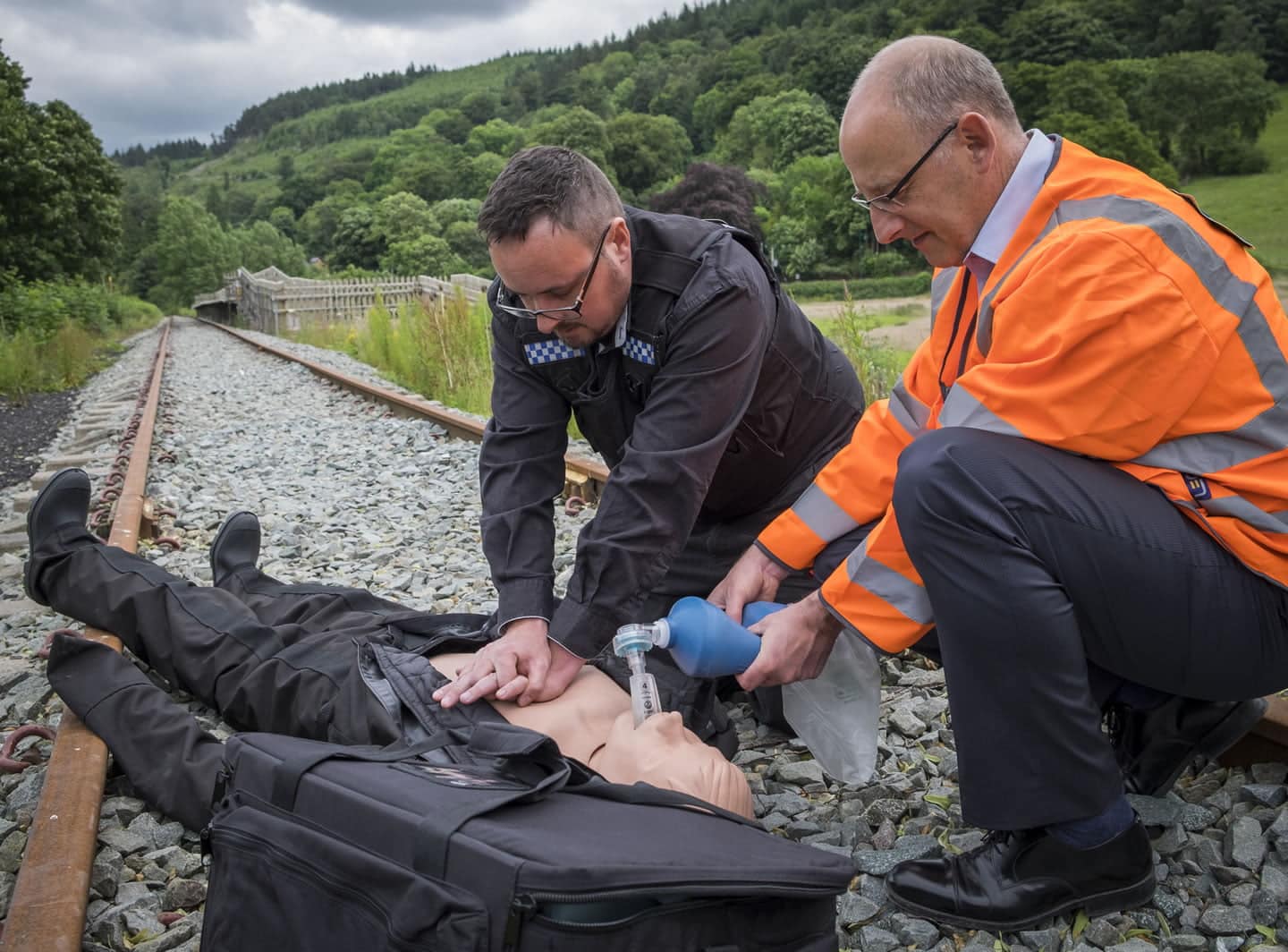It’s a new year and a great time to evaluate your current training practices.
It goes without saying that effective training is essential to the emergency services. HART teams and First Responders carry out very important, life-critical jobs and therefore their training must equip them with first-hand, practical and effective methods for fulfilling their role, in the most challenging of situations.
HOW REALISTIC ARE YOUR TRAINING SESSIONS?
Does realism matter in training scenarios? This is a question that we have asked many of our customers and overwhelmingly the opinion is that the more realistic a training scenario is, the better the learning outcomes. This is especially true for those whose jobs involves working in what can be extremely difficult circumstances or environments. When responding to incidents on a mass scale, or in life-threatening environments such as building collapses or significant fires, it is essential that your team can continue to perform their work to the highest standards, despite what is going on around them.
Budget restraints can sometimes hinder a trainer’s ability and desire to create an effective training exercise. After all, the thought of creating a large scale building collapse is way out of most Trusts’ budgets! But there is equipment out there which can help you to create smaller scale, but equally effective training scenarios. With careful planning and a relatively small investment, you can buy equipment which will last many years to come and is invaluable for creating the realistic training sessions you have dreamt of.
STEP OUT OF THE CLASSROOM
At Ruth Lee, we are manufacturers and distributors of a range of equipment aimed at helping the emergency services to complete effective and realistic training. We can offer an impressive range of training manikins which have been developed over 30 years with advice and feedback from our customers – who are all experts, primarily working in the Emergency Services, Rescue Teams and the Armed Forces.
Ruth Lee manikins live a hard life! From one day to the next, they might be trapped inside a collapsed building, impaled in a RTA or left dangling precariously in a Working at Height exercise. One manikin which is particularly praised by Ambulance Trusts up and down the country is the Full Bodied Airway Management Manikin, which is a valuable tool for creating more realistic training exercises.
All too often, CPR and Airway Management training is carried out in a classroom environment. This can be good for minimising distractions and is undoubtedly a more comfortable environment for your participants… but when the need arises to perform these skills in the ‘real world’, will your colleagues be adequately prepared, mentally and physically?
The Full Bodied Airway Management Manikin will accept the Simulaids Adult Airway Management torso you may already have and these can easily be removed for cleaning. The torso features essential anatomical landmarks including the sternum, rib cage, and substernal notch. The torso also contains teeth, uvula, vocal cords, glottis, epiglottis, larynx, arytenoid cartilage, trachea, esophagus, and inflatable lungs and stomach whilst allowing nasogastric tube placement and accepts Combitube®, E.O.A., E.G.T.A., P.T.L. and i-gel airways.
Imagine this manikin trapped in a confined space such as down a mine shaft or beneath an articulated lorry, or perhaps with limbs pinned beneath a car in an apparent RTA. It might be raining, or there may be lots of people milling around…. NOW ask your participants to carry out CPR and Airway Management Training! The scenario is much less comfortable, much less straightforward and therefore much more realistic.
CREATE TRAINING SESSIONS THAT ARE REMEMBERED
We are willing to bet that your training sessions will be talking points long after they finish if you can make them more realistic.
In 2016, Ruth Lee supplied a range of manikins to Exercise Unified Response (EUR) – the biggest multi-agency training exercise in history. EUR was a large scale and complex, live and command post exercise based on a significant building collapse and incorporating heavy transport and mass causalities. A true disaster scene and undisputedly successful because of how realistic the environment was.
Now, we are not saying you need to go to the scale of this exercise – but we would encourage you to escape the confines of the classroom and find out just how well your students perform when the going gets that little bit tougher.
